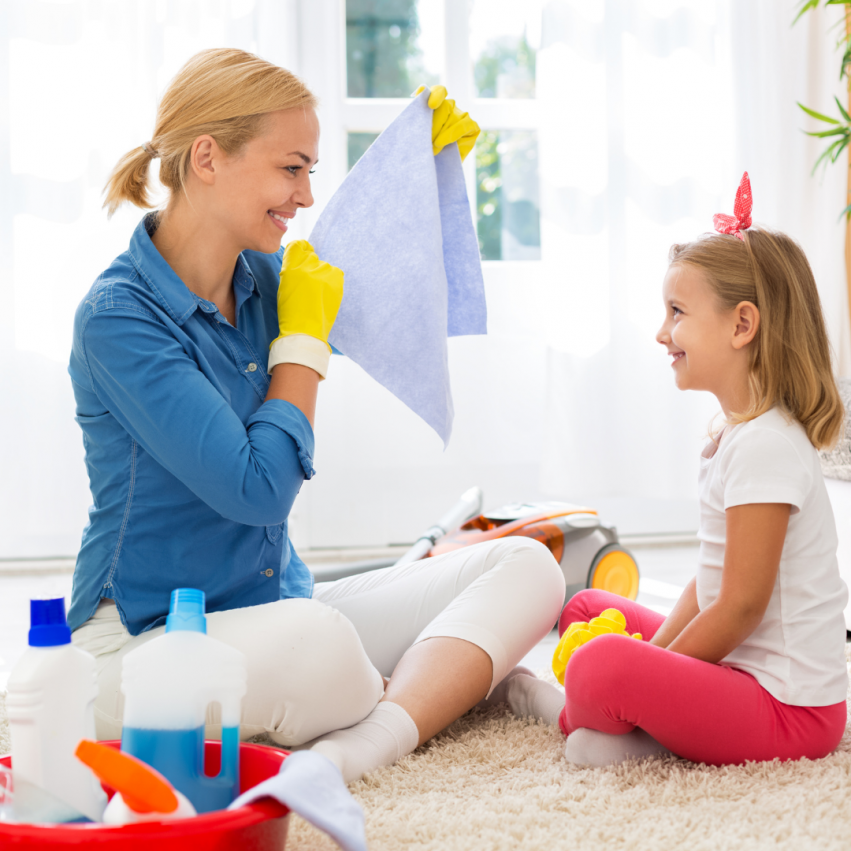9 Genius Ways to Organize Your Kids’ Room
Parents, if you think keeping your house tidy and organized is exhausting, wait ’til you get to the kids’ room! Yes, keeping those piles of toys, clothes, and books under control can be a real challenge, and when you DO finally put them all in the right place, the kids will pull them out again. And the energy-draining routine will go on–and on–and on.
Keep the kids’ room in shape with these nine genius tips! Not only are these organizational ideas clever and easy to implement, but they’re budget-friendly, too! Also, make sure to teach your kids how to pitch in, so their tidy and organized space will stay clean.
Throw away ALL the trash
The first step is always the most obvious one. Before attempting to organize your kid’s challenging (a.k.a. messy!) room, you must remove all the trash. Throw away any broken toys, unused clothes, and any school papers they don’t want to keep. After dealing with that, you’ll be able to gauge how much stuff you’ll have to store and donate.
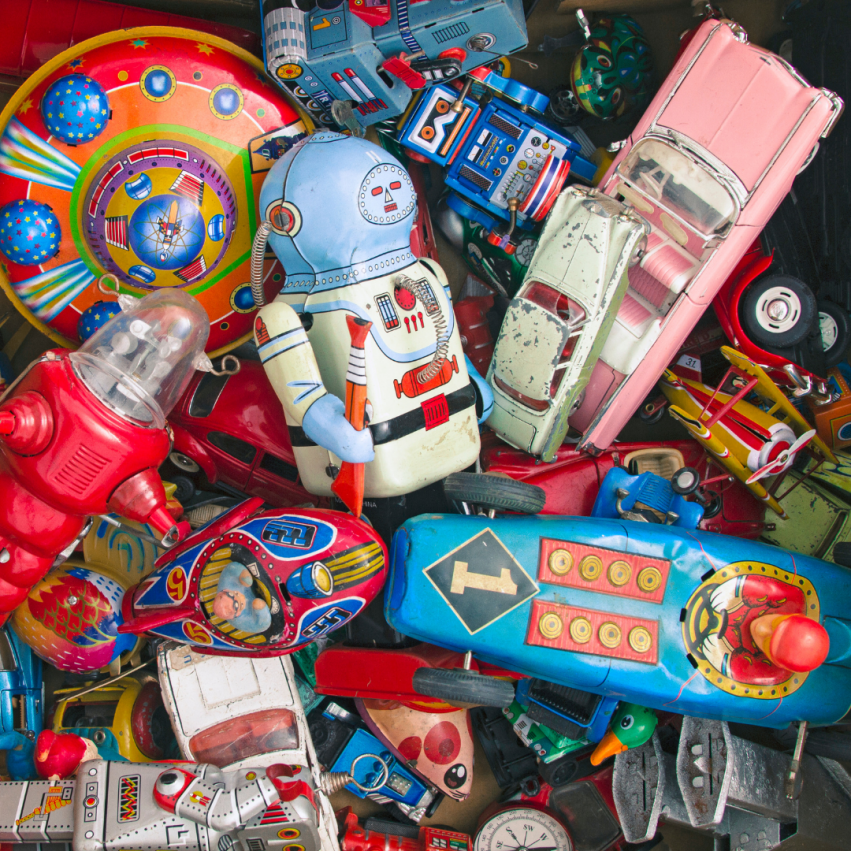
Don’t forget to clean out from under the bed
Do you remember the last time you cleaned out under your kiddo’s bed? Well, that’s the next step to organizing your kids’ room. Feel free to move the bed around so you can reach everything that’s underneath. Pull everything out and throw the trash away. Deep clean all the corners and move on to organizing your kids’ stuff.
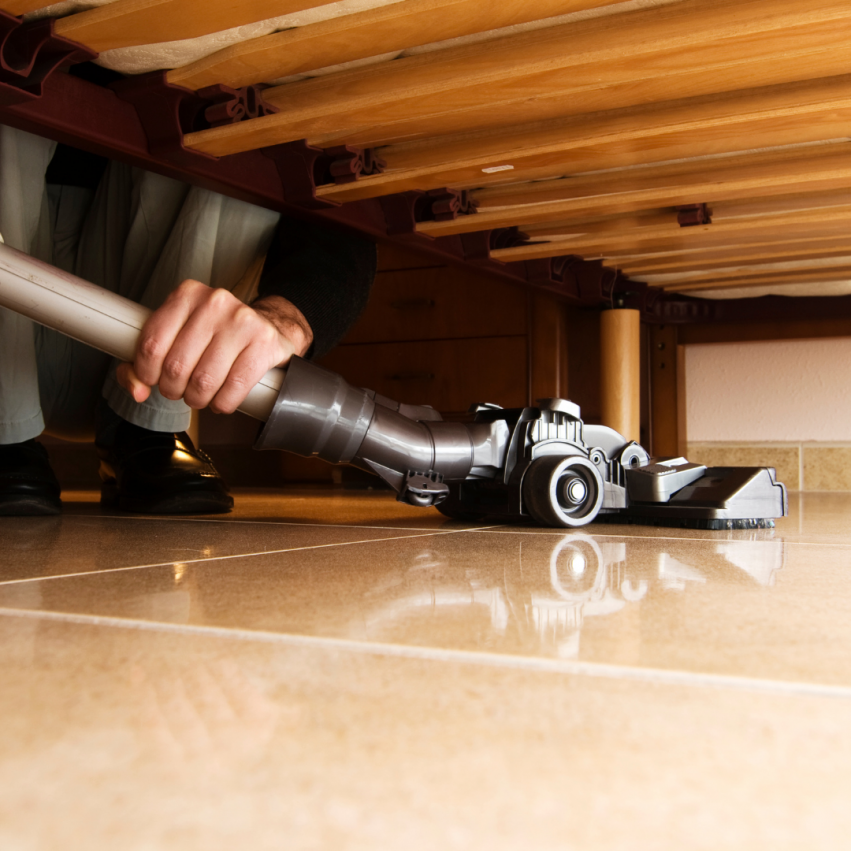
Be creative with storage
Each space is unique, so it is unavoidable to have different storage solutions that will end your organizational woes. For example, cabinets can make a small room feel crowded, so vertical storage may be a better option. Others may find extra shelves to be the best solution, and some may lean towards baskets as the ultimate choice. Look at your space and determine if there are any problem areas. Create new and improved customized storage solutions for your child's room.

Try bed frames with drawers
Many of us are guilty of abusing under-the-bed storage space, which leads to more clutter problems, especially when left unsupervised. Think of a haphazard collection of forgotten things! Try buying bed frames with drawers instead, so you can ORGANIZE the things that you’ll keep under the bed.

Make sure to have cubbies and open storage
Bins, baskets, and cubbies are always the go-to storage options for a kid’s room (if it has enough space) because they’re so easy to teach kids to use. Have a system of dedicated storage space to get your child into the habit of cleaning up after himself. Label each bin, basket, or cubby slot, and let your kid know that his toys have a home of their own.
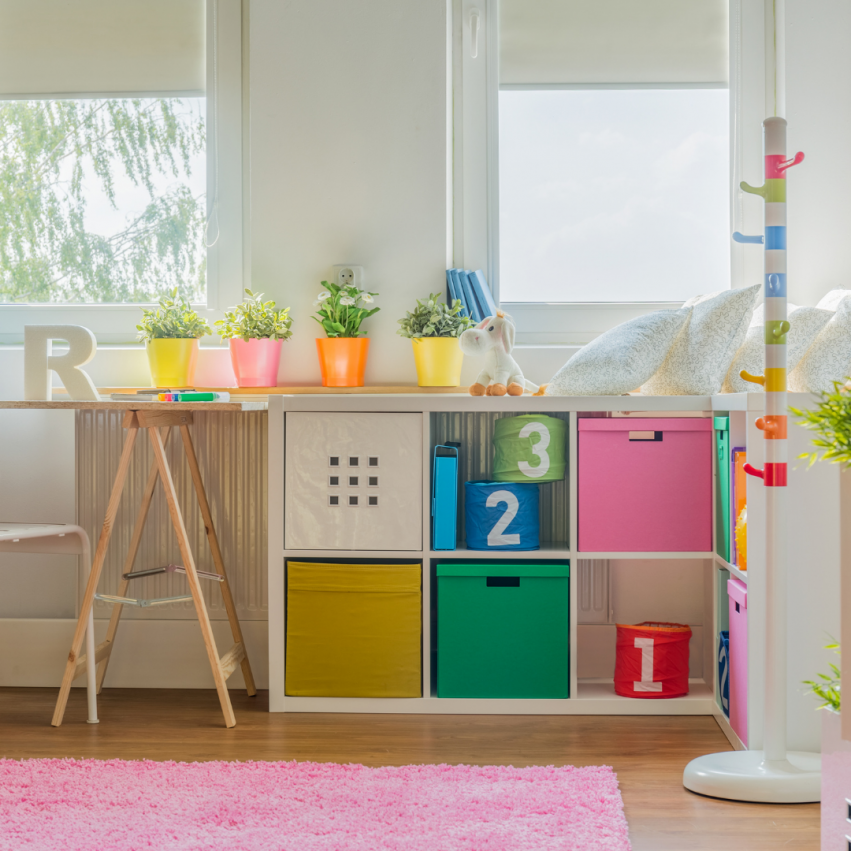
Keep dresser tops and desks clear
Resist that urge to store things on top of dressers and desks. We understand that horizontal surfaces are magnets for messy piles of stuff, so keep them cleaned off and reinforce better organization habits.
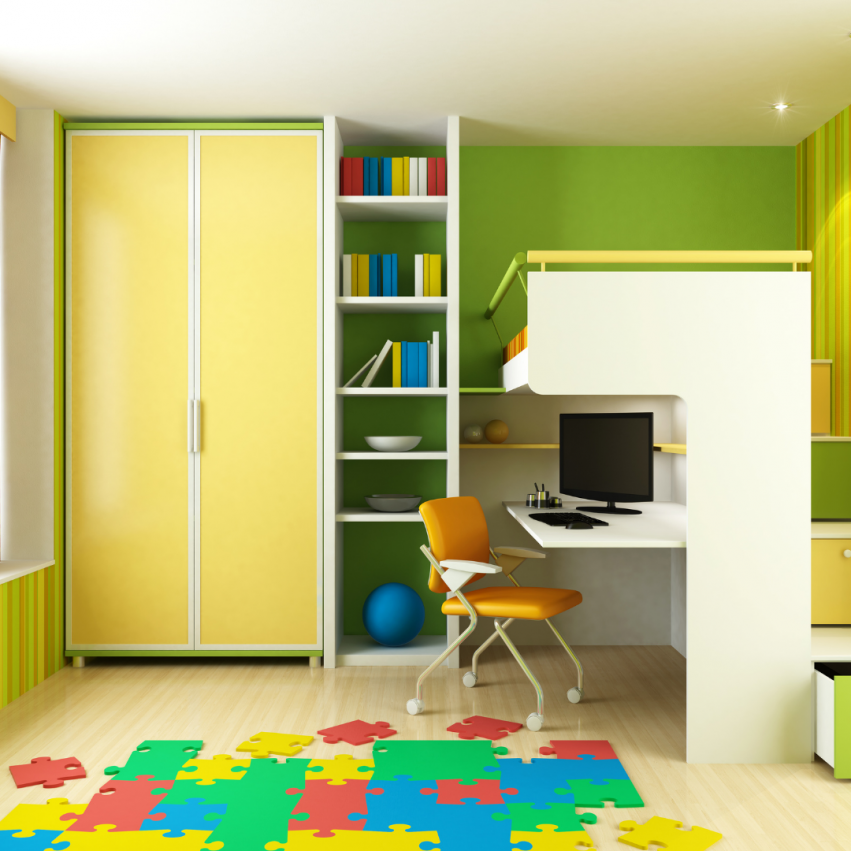
Store things within your kid’s reach
We know you’re all too tempted to tuck everything up high and out of your kids’ reach, but know that even if it’s hard for them to get it out, they’re still going to find a way to do it (and pull EVERYTHING out!). When that happens, not only will you end up with more unnecessary clutter, but it’ll be nearly impossible for them to learn to pick up after themselves and the good habit of putting things away, too!
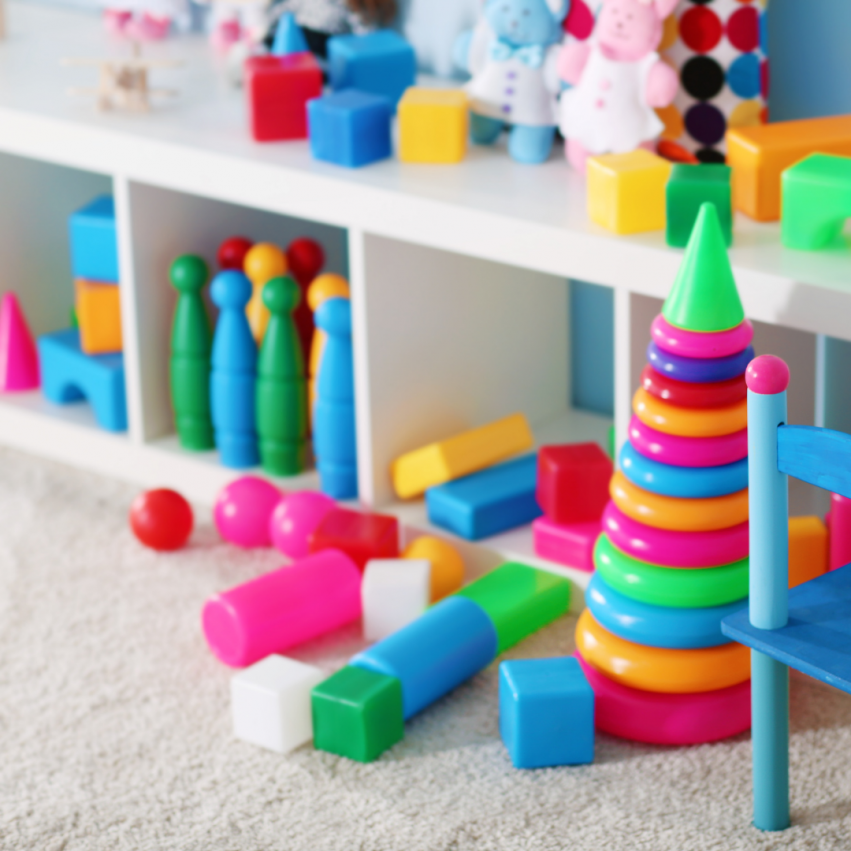
Donate often
Make it a habit to go through all of your child’s things to determine what you can donate. Kids seem to find a way to collect extras like small toys and papers and clothes they grow out of, so avoid the clutter build-up and remind your family to donate what they don’t need. It’s also a good idea to get the kids involved. Let them help you pick toys to let go of and clear out broken, old, no longer played with, or outgrown toys.
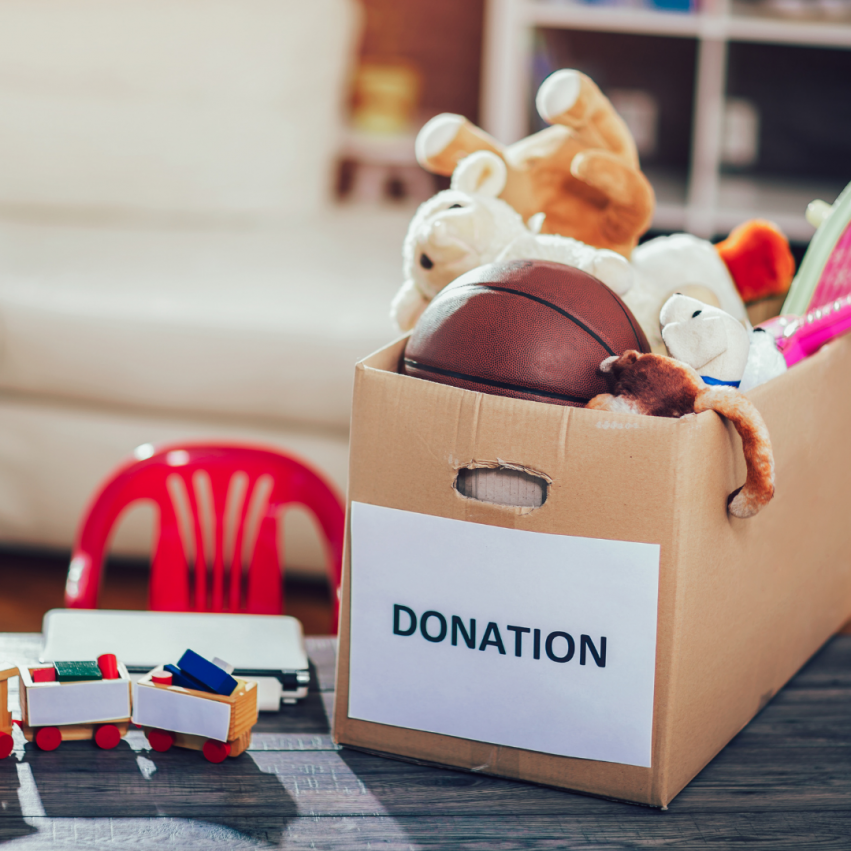
Assign maintenance chores
Lastly, create chores for your kids so they can help maintain the newly cleaned and organized room on their own. Younger kids will need a little assistance and constant reminders. Always remember to keep it fun– make a party out of it! Break it down into simple steps and make the process faster and easier. Assign tasks for each child and help everyone do their jobs more efficiently.
